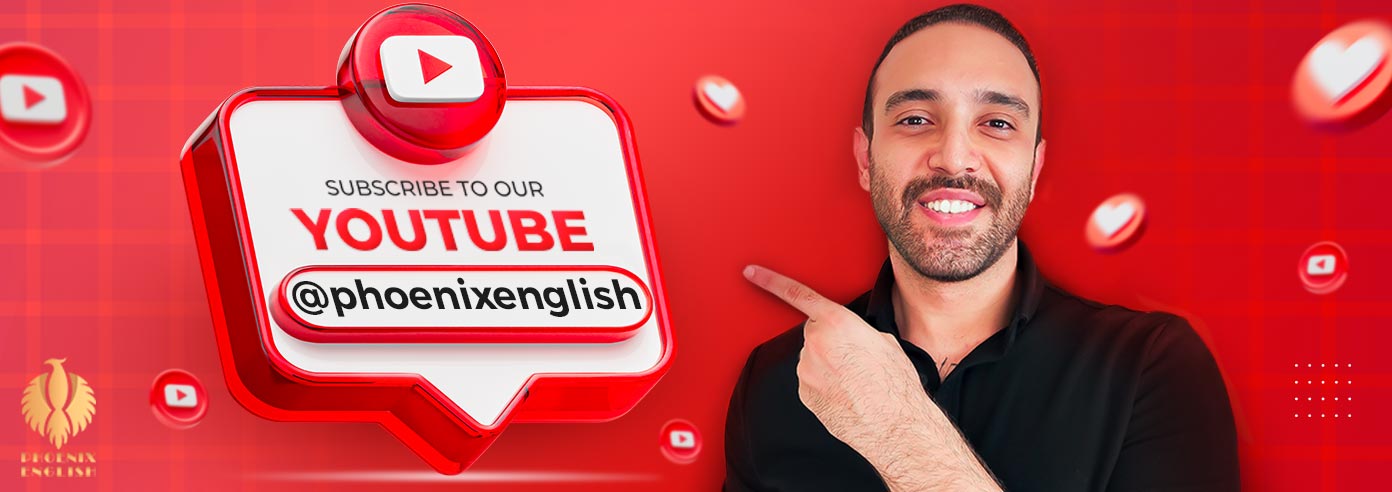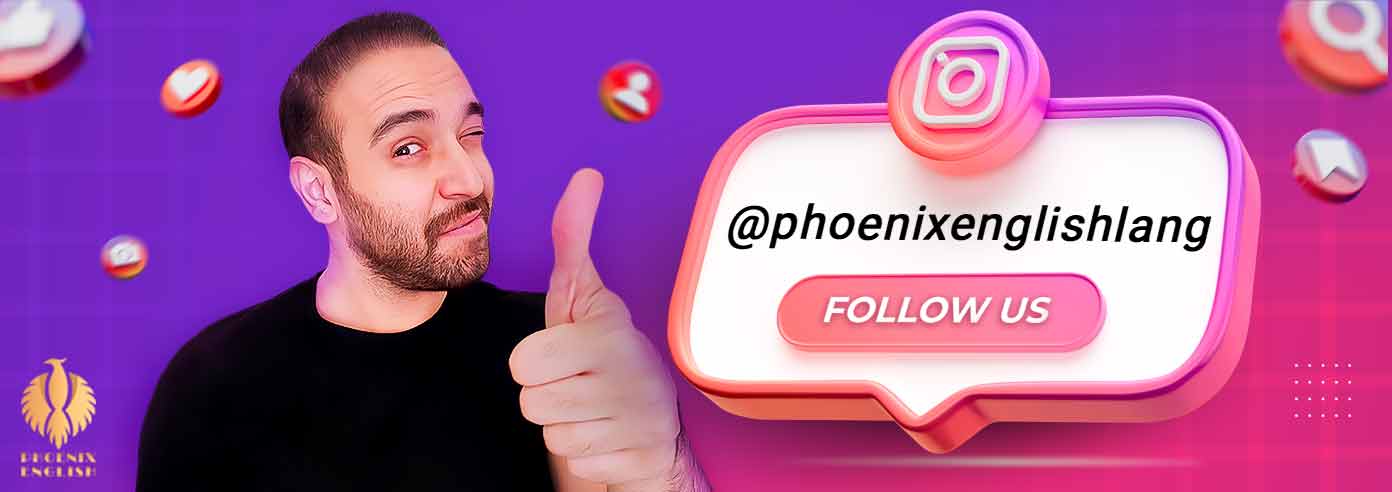In today’s fast-paced digital environment, language is constantly evolving, with new acronyms emerging to keep conversations concise and engaging.
Among these, “WYLL” has gained traction as a popular expression in texting and social media circles. The acronym stands for “What You Looking Like?” or “What You Look Like?” and serves as a casual inquiry about someone’s appearance, current situation, or emotional state.
Understanding and using such acronyms can enrich your online communication, making it more relatable and entertaining.
In this article, we’ll delve deeper into the meaning of WYLL, how it is used in different contexts, and provide examples that demonstrate its versatility in conversation.
You Might Also Enjoy: How To Learn English Speaking At Home: My 12 Tips
**WYLL Meaning in Chat and Social Media**
WYLL stands for “What You Looking Like?” or “What You Look Like?” It’s commonly used in casual conversations to inquire about someone’s appearance or current situation.
Emerging from texting culture and popularized through social media, WYLL invites open dialogue and friendly engagement.
**Usage Examples:**
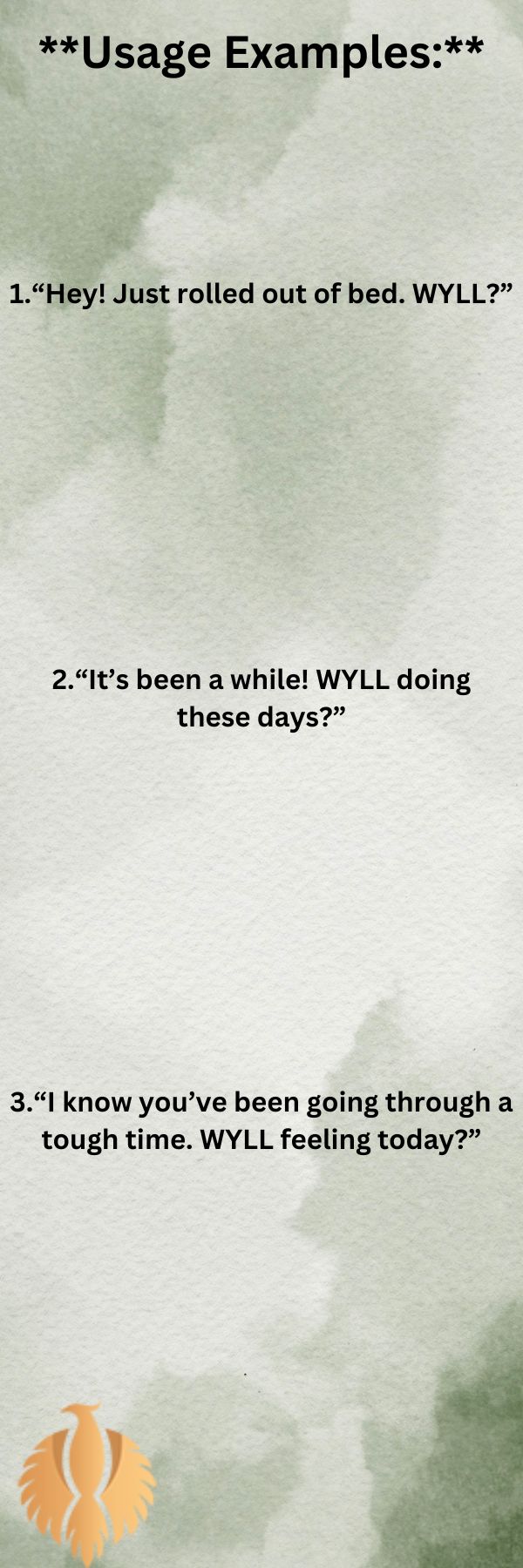
- “Hey! Just rolled out of bed. WYLL?”
- “It’s been a while! WYLL doing these days?”
- “I know you’ve been going through a tough time. WYLL feeling today?”
**Related Expressions:**
- “What’s up?”
- “How are you?”
- “What’s going on?”
You might also enjoy: To Bad Or Too Bad – Correct Grammar + Examples [2024]
**Context and Tone:**
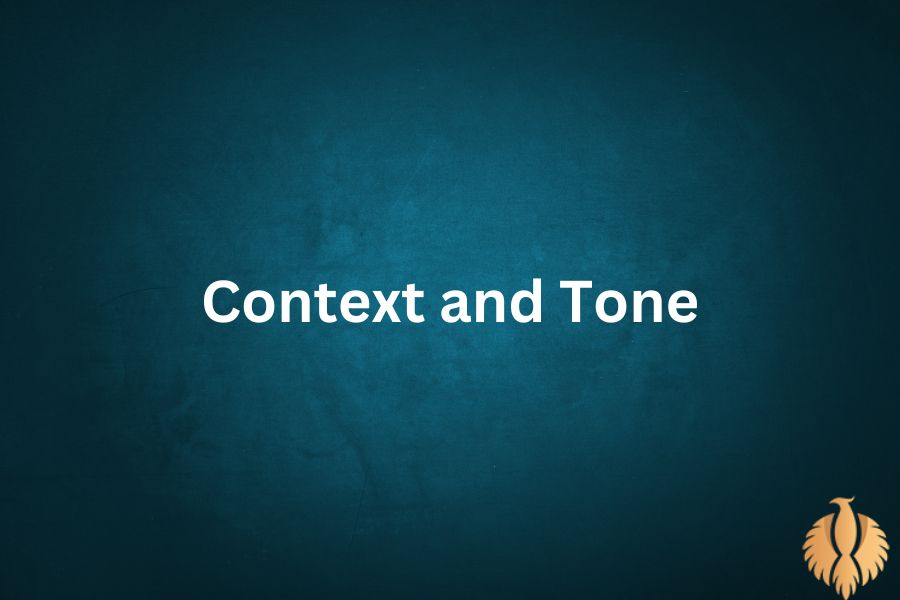
WYLL is informal and best suited for casual chats with friends. It’s not appropriate for formal situations. Using it can enhance connections and foster an open atmosphere in conversations.
### What Does WYLL Mean?
WYLL means “What You Looking For?” and is used to inquire about someone’s needs or interests in a conversation.
#### 1. Meaning
WYLL is a shorthand way to ask someone how they are or what they are currently experiencing. While initially focused on physical appearance, its usage has expanded to encompass inquiries about one’s state of mind or overall circumstances at a given time.
The versatility of this acronym allows it to function effectively in various contexts, whether casual or slightly more specific.
#### 2. Origin
The term WYLL originated from the informal and rapidly evolving nature of texting culture, where efficiency in communication is crucial.
Social media has played a significant role in the popularization of this phrase, allowing users to convey messages quickly and casually.
Its growing prevalence correlates with the increased frequency of digital interactions, especially among younger demographics.
You might also enjoy: Which of the Following: Definition + Complete Usage + Grammar
### How to Use WYLL in Conversation
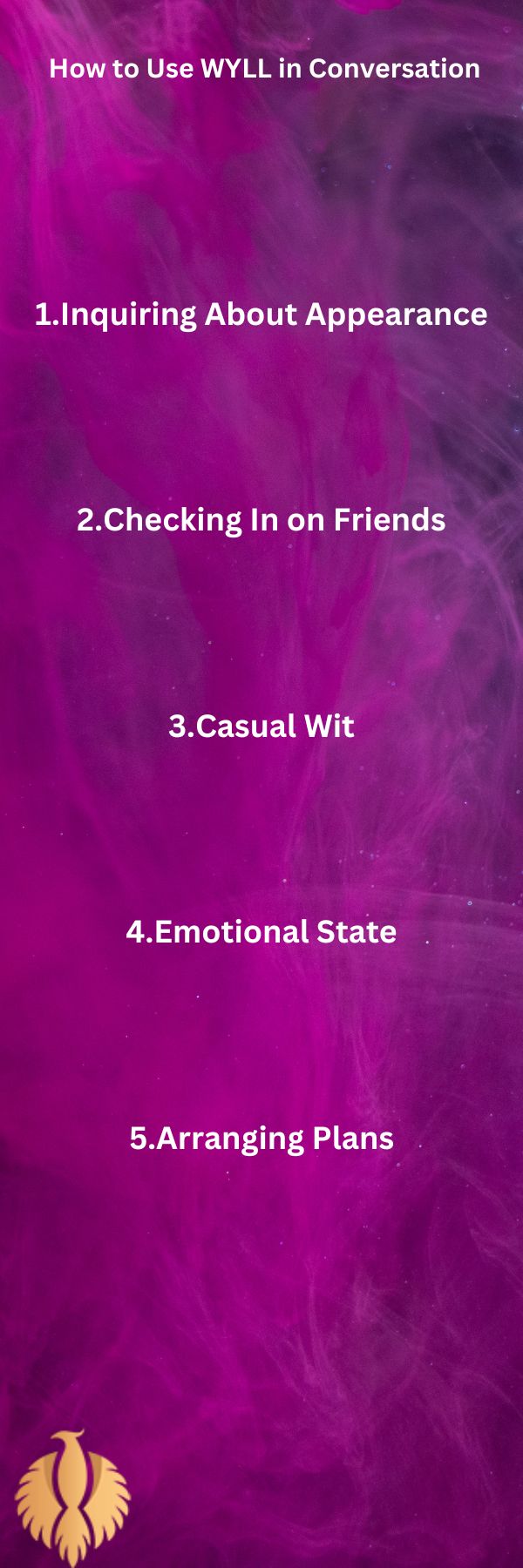
#### Contextual Examples:
- **Inquiring About Appearance**
– “Hey! Just rolled out of bed. WYLL?”
– “I’m thinking of going out tonight. WYLL on the outfit front?”
- **Checking In on Friends**
– “It’s been a while! WYLL doing these days?”
– “Haven’t seen you in forever! WYLL? Everything good?”
⌨️
- **Casual Wit**
– “WYLL? Because this sweater isn’t doing much for me.”
– “Just got my hair done. WYLL? Hair goals or nah?”
- **Emotional State**
– “I know you’ve been going through a tough time. WYLL feeling today?”
– “With everything happening, I just wanted to check in. WYLL?”
- **Arranging Plans**
– “Planning a movie night this weekend. WYLL up for it?”
– “Going to the park! WYLL come join me?”
You might also enjoy: Top 30 Gambling Phrases and Idioms In 2024
### Alternative Expressions
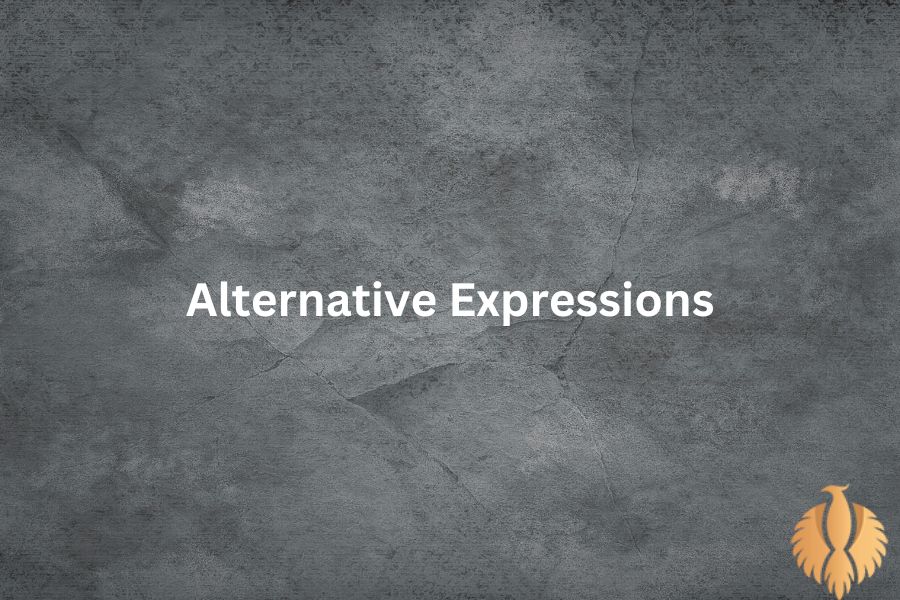
While WYLL is a playful and popular way to engage, there are several alternatives to consider that evoke similar feelings of inquiry:
- **”What’s up?”**
“Hey, what’s up? How have you been?”
- **”How’s everything?”**
“Hey! How’s everything going with you?”
- **”How are you?”**
“Just checking in to ask, how are you doing?”
- **”What’s going on?”**
“What’s going on with you this week?”
- **”What’s new?”**
“What’s new with you? Let’s catch up!”
### Detailed Insights into WYLL
Understanding the nuances of WYLL can illuminate its role in digital communication:
- **Parts of Speech**: As an informal inquiry, WYLL typically functions as a question that prompts further conversation.
- **Emphasis**: The use of WYLL promotes a relaxed and friendly atmosphere, encouraging a more open dialogue.
- **Connotation**: Best suited for informal chats, WYLL is generally not used in professional or formal contexts, where a more traditional inquiry would be appropriate.
- **Relevance**: Particularly prevalent on platforms such as Twitter, Instagram, and Snapchat, where conversational exchanges are common, WYLL reflects the informal nature of these interactions.
- **Common Errors**: It’s essential to avoid using WYLL in formal settings, as it may come off as inappropriate or overly casual.
You might also enjoy: Top 100 Commonly Used Verbs That Start With A [2024]
### Related Expressions✅
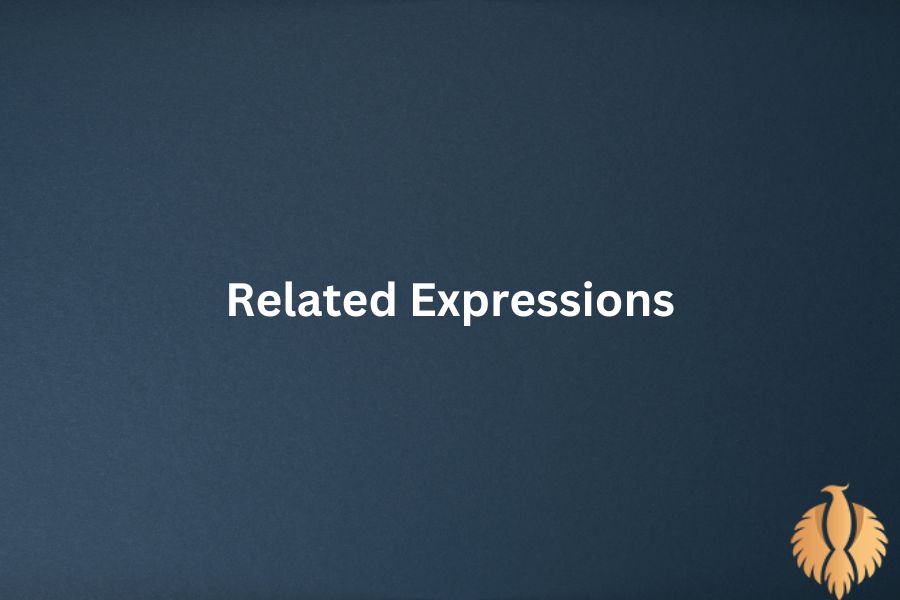
Beyond WYLL, numerous phrases provide a friendly means of checking in or engaging in conversation, including:
– **”What’s poppin’?”**: A vibrant and lively way to ask what’s happening in someone’s life.
– **”What’s the vibe?”**: A more casual check-in focused on the current mood or feelings someone is experiencing.
– **”Yo, what’s good?”**: An upbeat greeting inquiring about someone’s well-being or current activities.
### Function in Communication
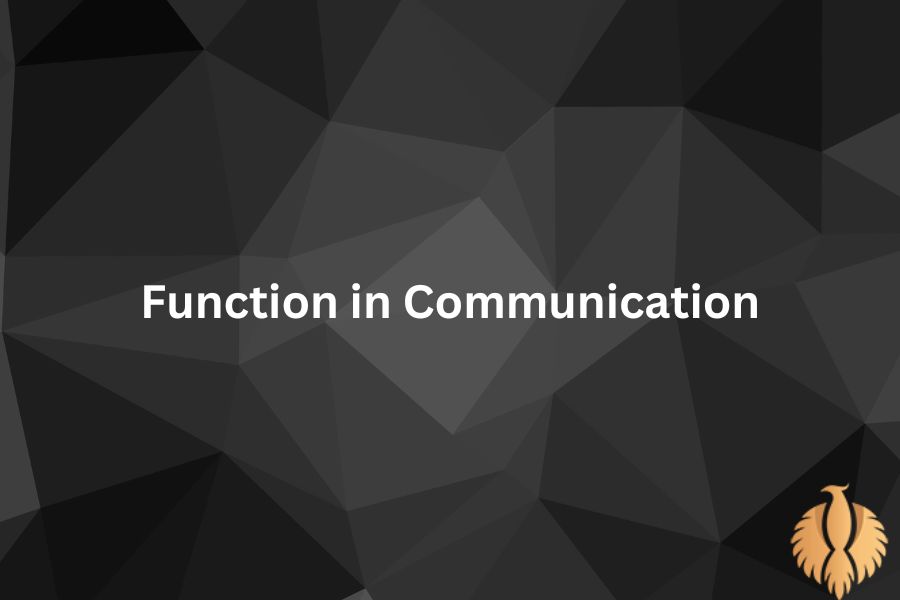
- **Expressing Interest**: WYLL acts as an open-ended question, inviting others to share their current experiences or feelings.
- **Encouraging Dialogue**: Utilizing WYLL can lead to deeper conversations, helping to build connections and understanding between individuals.
### Tone
The tone surrounding WYLL tends to be:
– **Casual**: It’s intended for light-hearted communication, making it perfect for friendly exchanges.
– **Supportive**: WYLL can signal concern and care, prompting responses that foster empathy and understanding.
You Might Also Enjoy: Top 60 Most Common Simple Sentences In English
### Creative Ways to Express WYLL
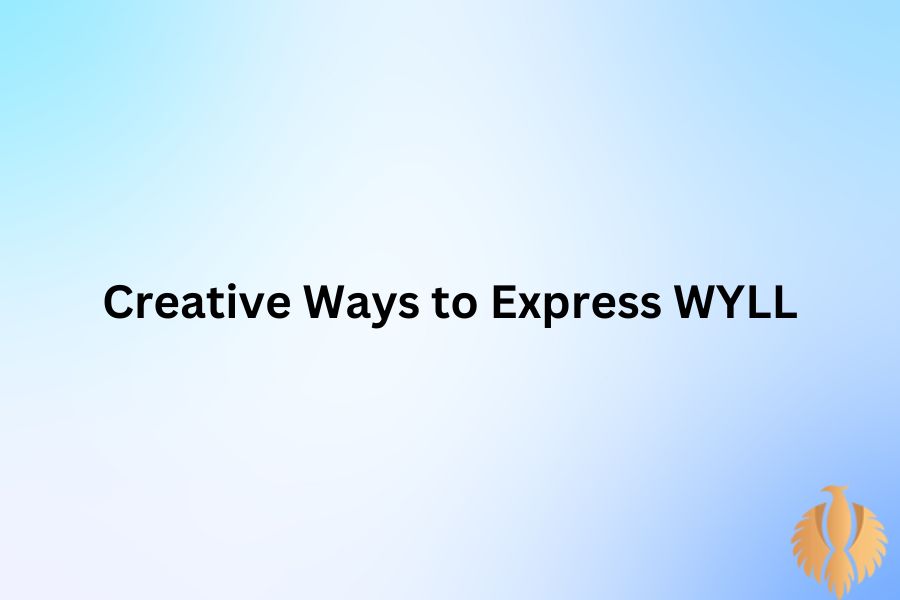
To keep things interesting, consider these alternative phrasings:
– “Just checking in… WYLL?”
– “In need of some catching up! WYLL?”
– “Hey, what’s the latest? WYLL on your end?”
### Closing Thoughts✨
Familiarity with phrases like WYLL can significantly enhance your ability to connect with others in the ever-evolving landscape of digital communication.
Whether you’re reaching out to friends, checking in on loved ones, or simply wanting to keep the conversation flowing, using acronyms like WYLL can add a touch of friendliness and informality to your exchanges.
### FAQ About WYLL
### 1. What does WYLL stand for?
WYLL stands for “What You Looking Like?” or “What You Look Like?” This informal acronym is primarily used in casual conversations, particularly in texting and social media interactions.
It serves as a friendly and engaging way to inquire about someone’s current appearance, mood, or situation.
By saying “WYLL,” the speaker opens a dialogue that can lead to discussions about anything from fashion choices to emotional well-being, making it a versatile tool for social interaction.
In an age where brevity and efficiency in communication are highly valued, WYLL provides a succinct yet meaningful way to ask a question while also conveying a sense of camaraderie.
You might also enjoy: Boys’ or Boy’s– Which One is Correct? + Example
### 2. Where did the term WYLL originate?
The term WYLL emerged from the informal communication styles that characterize texting culture, particularly among younger demographics.
The rise of mobile texting and the proliferation of social media platforms, such as Twitter, Instagram, and Snapchat, helped accelerate the use of various acronyms and shorthand phrases that make conversations quicker and more fluid.
WYLL is thought to have developed as part of a broader trend toward digital language that prioritizes brevity without sacrificing emotional context.
The acronym reflects the playful nature of online interactions, allowing users to effectively convey questions and emotions in a way that feels familiar and casual. Though its exact origin is not pinpointed to a specific time or creator, it likely developed organically alongside other social media trends.
### 3. In what contexts is it appropriate to use WYLL?
WYLL is best suited for informal contexts, particularly in casual conversations with friends, family, or acquaintances.
Because the acronym has a relaxed tone, it’s typically not recommended for formal communication settings, such as professional emails, job interviews, or academic correspondence, where a more traditional, respectful mode of inquiry is expected.
In social environments—whether it’s a group chat, a comment on an Instagram post, or a conversation on Snapchat—using WYLL can enhance the connection between participants and promote a friendly atmosphere.
It’s important to gauge the relationship with the recipient and the context of the conversation.
For instance, using WYLL while chatting with a close friend about weekend plans is perfectly acceptable, but it might be less appropriate when reaching out to someone you don’t know very well or in a serious dialogue.
### 4. Are there any variations or similar phrases to WYLL?
Yes, there are several variations and similar phrases to WYLL that capture the same sentiment. Some common alternatives include:
– **”What’s up?”**: A versatile greeting that can be used to inquire about someone’s well-being or current activities.
– **”How’s everything?”**: This phrase expresses a general interest in the person’s life and can prompt them to share updates.
– **”How are you?”**: A classic form of inquiry that remains widely accepted in both casual and formal settings.
– **”What’s going on?”**: This phrase can elicit details about someone’s life, allowing for deeper engagement.
– **”What’s new?”**: A friendly way to ask for updates without the pressure of a direct personal inquiry.
You might also enjoy: To Bad Or Too Bad – Correct Grammar + Examples [2024
These alternatives share the same purpose of facilitating conversation and serving as icebreakers. They can be swapped into dialogue depending on the tone and depth of the conversation desired.
### 5. Can WYLL be used humorously?
Absolutely! WYLL can introduce humor into conversations, especially when discussing personal appearance or life situations. For example, someone might text, “Just got my hair done.
WYLL? Hair goals or nah?” This injects a playful element into the inquiry, inviting the recipient to not only respond but also engage in light-hearted banter.
Humor can serve as a social lubricant, making it easier to connect and share experiences. In groups or among friends, using WYLL with a humorous or exaggerated tone can prompt witty exchanges, creating an opportunity for shared laughter and camaraderie.
### 6. How does using WYLL affect communication?
Using WYLL in conversations has several effects on communication dynamics. Firstly, it enhances interpersonal connections by fostering an open and friendly atmosphere where individuals feel comfortable sharing their thoughts and feelings.
The relaxed tone of WYLL encourages recipients to respond more candidly, potentially leading to deeper conversations.
Secondly, the casual nature of WYLL can mitigate any awkwardness often present in social interactions, helping to break the ice and promote engagement.
Overall, incorporating WYLL into conversations can make exchanges feel more approachable and less formal, enhancing the online communication experience.
### 7. Can WYLL be interpreted differently?
Yes, the interpretation of WYLL can certainly vary depending on the context and the individuals involved.
While most understand it as a friendly inquiry about one’s appearance or situation, the emotional weight of the term can differ based on the relationship between the parties and the specific conversation topics.
For instance, if someone is in a tough place emotionally, and a friend asks, “WYLL?” it may evoke a more profound response compared to a light-hearted inquiry. Thus, context plays a crucial role in determining how WYLL is perceived and the type of response it elicits.
### 8. Is it appropriate for all age groups?
In principle, WYLL can be used across various age groups, but its prevalence and reception may differ. The acronym is primarily popular among younger demographics who are more engaged in texting and social media culture.
Older generations may not be as familiar with it, which could lead to misunderstandings or misinterpretations.
Therefore, while it may be appropriate to use WYLL within peer groups where such language is common, it might be wise to adopt more traditional language with older individuals or in mixed-age groups where digital communication styles vary widely.
### 9. Are there emoji equivalents to WYLL?
While there is no strict emoji that equates to WYLL, users often utilize a combination of emojis to enhance the emotional tone of the message.
For instance, adding a smiling face after “WYLL?” can convey friendliness and warmth, while a shrug ♂️ can suggest a light-hearted or curious inquiry.
Using emojis alongside acronyms like WYLL can help convey the desired sentiment more clearly and add a layer of fun to the conversation, enhancing the overall digital interaction.
You might also enjoy: Which of the Following: Definition + Complete Usage + Grammar
### 10. How can I effectively introduce WYLL into my conversations?
To introduce WYLL into your conversations effectively, start by using it in informal settings with friends or peers who you know are familiar with texting culture.
A natural opportunity might arise during casual chats or social media interactions where you’re discussing appearance, current activities, or emotional states.
Phrasing the question in a laid-back manner within relatable contexts, such as after a friend posts a picture or shares a status update, can make the use of WYLL feel organic and engaging.
As with any language, observing how your peers respond can provide insights into whether it has been successfully integrated into your communication style.
### Your Turn!
Have you found yourself using “WYLL” in your conversations? Share your experiences and examples below! Engaging in such discussions can enrich our understanding of contemporary digital communication and connect us more deeply.

Hi, welcome to my blog! My name is Omid and I am thrilled to have you here! I am an English language teacher with 12 years of experience and hold multiple international certifications (TESOL, IELTS, TOEFL, PTE, CELTA). Additionally, I hold a PhD in Applied Linguistics with a specialization in Teaching English as a Second Language (TESL), which fuels my passion for teaching English and assisting others in mastering the language. To me, nothing is more rewarding than helping individuals enhance their English language abilities through various methods. So, let’s embark on this journey of learning English together.

![a featured imagefor WYLL Meaning In Chat and Social Media + Examples [2025]](https://phoenixenglishlang.com/wp-content/uploads/2024/12/WYLL-Meaning-In-Chat-and-Social-Media-Examples-2025.jpg)

